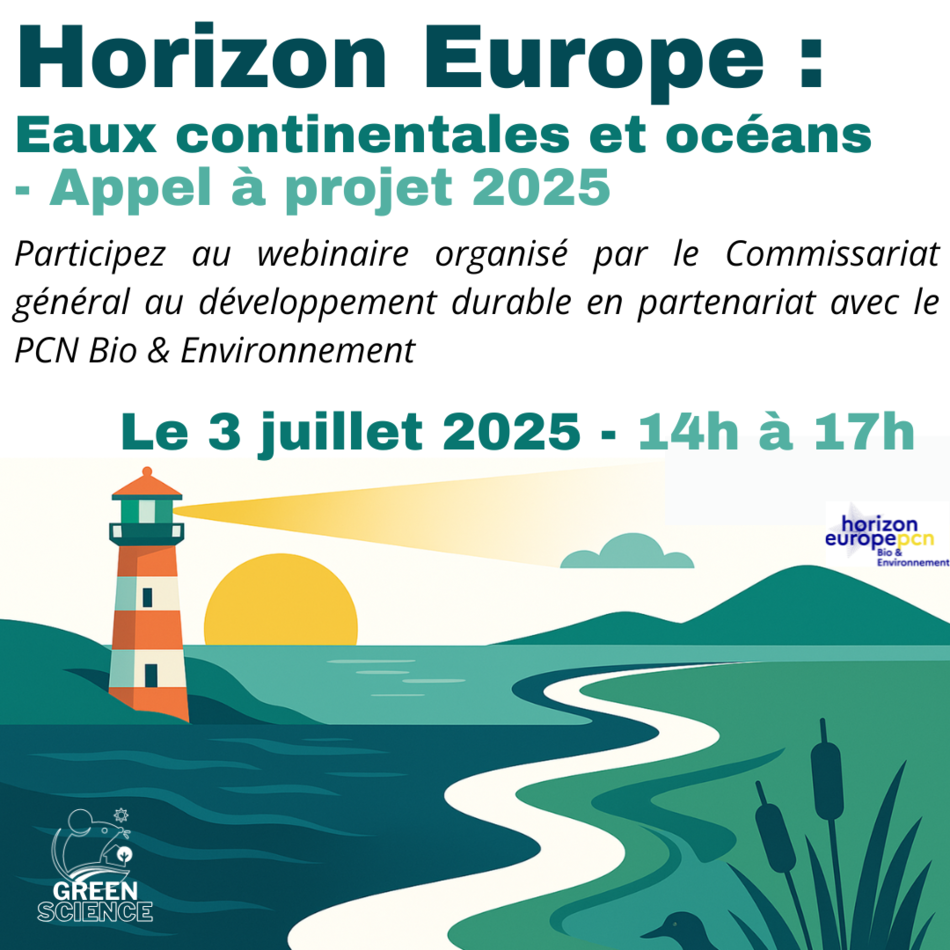The topic states that Off-the-shelf therapies, including the cell-based therapies, will be considered as assets during the evaluation. To my knowledge, off-the-shelf therapies are used in the context of cancer immunotherapies – but cancer is excluded from this topic. Where/how are they used for other diseases?
- The EC will prepare an answer to be publish on the FAQ
- This is the innovation potential of this topic, we want to allow space for innovative idea in other areas than cancer.
If we need to use data that already existing for the cancer or just for the new disease, is it possible?
- We leave it to the applicants if they want to use cancer data to apply to another diseases.
Is it possible to develop immunotherapies which stop the immune system instead of stimulate it (e.g like what happens in Covid for example but it is not the only disease where it happens)?
- Yes, it is possible as long as the final objective is to restore the immune system in a normal way
« Passive and active immunotherapies (such as antibody-based, RNA-based and cell-based therapies, respectively) are covered by this topic": Is the topic restricted to these 3 types of therapies or is it possible to develop other methods ? (like the use of microbiota as immunomodulator for example) ?
- The topic allows proposals on different types of next generation immunotherapies, as long as they meet the definition of immunotherapy given in the topic text.
Furthermore, immunotherapies should be understood in the context of Advanced Therapy Medicinal products (ATMPs) as presented in the regulation Regulation (EC) No 1394/2007: “…as advanced therapy products are presented as… by exerting principally a pharmacological, immunological or metabolic action”
Related to the above question, could the use of molecules (small molecules that modulate immunity) may be eligible?
- Yes, any innovative solutions
It is mentioned in the second expected outcome "The scientific and clinical communities have access to [...] of the next generation immunotherapies and/or combinatorial treatments" : there is no further mention of the possibility to develop and test new immunotherapeutic agent in combination with an approuved drug in the scope of the topic : would it be in the scope of the topic ?
- Combinatorial innovative approaches are allowed
Is this limited to antibodies/RNA/cell-based therapies, or would non-traditional immunotherapies (e.g. small molecules) also be in scope?
- The topic is open to all immunotherapies, so we don’t restrict the scope on any type.
What is expected in terms of Health Technology Assessment strategy?
- There is a requirement that there has to be a certain advice of the regulatory health technology assessment authorities before submitting the project. Somehow shows that the consortium is on the good track and can lead to final approval of the research, that there is a certain assurance of acceptability of the proposed research.
Should proposals have received advice from a regulatory and/or Health Technology Assessment (HTA) authority as part of their HTA strategy? At which stage of the proposal submission should the HTA strategy be provided?
- A robust regulatory and/or Health Technology Assessment (HTA) strategy should be in place at stage-2 whenever relevant, depending on the stage of the clinical development of the immunotherapy under study. Therefore, an official advice by a regulatory and/or HTA authority, whenever relevant, should be provided at stage-2 of the proposal submission.
- The HTA strategy should be part of the technical description of the proposal.
- In the limited length of a stage-1 proposal, not all methodological details can be fully elaborated, but key aspects should be already convincingly addressed. The detailed technical description, including the deliverables, is part of stage-2 full proposal.
Is it out of scope of this topic all kind of cancers or only rare cancer?
- Cancer research is excluded, so any cancer including rare cancer is excluded
What is the expected TRL at the start and the end of the project?
- We do not specify TRL on this topic, but what we focus on is the early development of immunotherapy, so we don’t expect very high TRL at the end of the project. It is up to the applicant to choose.
Can you define « off-the-shelf therapies »? Therapies with a marketing authorisation? Can therapies not approved yet be considered?
- Will be provided in the FAQ on the portal later
Are projects addressing therapies based on the interaction between immune system and the microbiota favored to those of key technologies?
- Nothing is favored, but any technologies can be addressed.
In the evaluation, will you adopt a portfolio approach, to ensure that different types of immunotherapies are funded?
- If the portfolio approached is used, it should be made explicit in the call topic text which is not the case here. The expert will carry out the external evaluation and will rank the proposals according to excellence and other criteria. There is not an up-front explicit portfolio approach.






